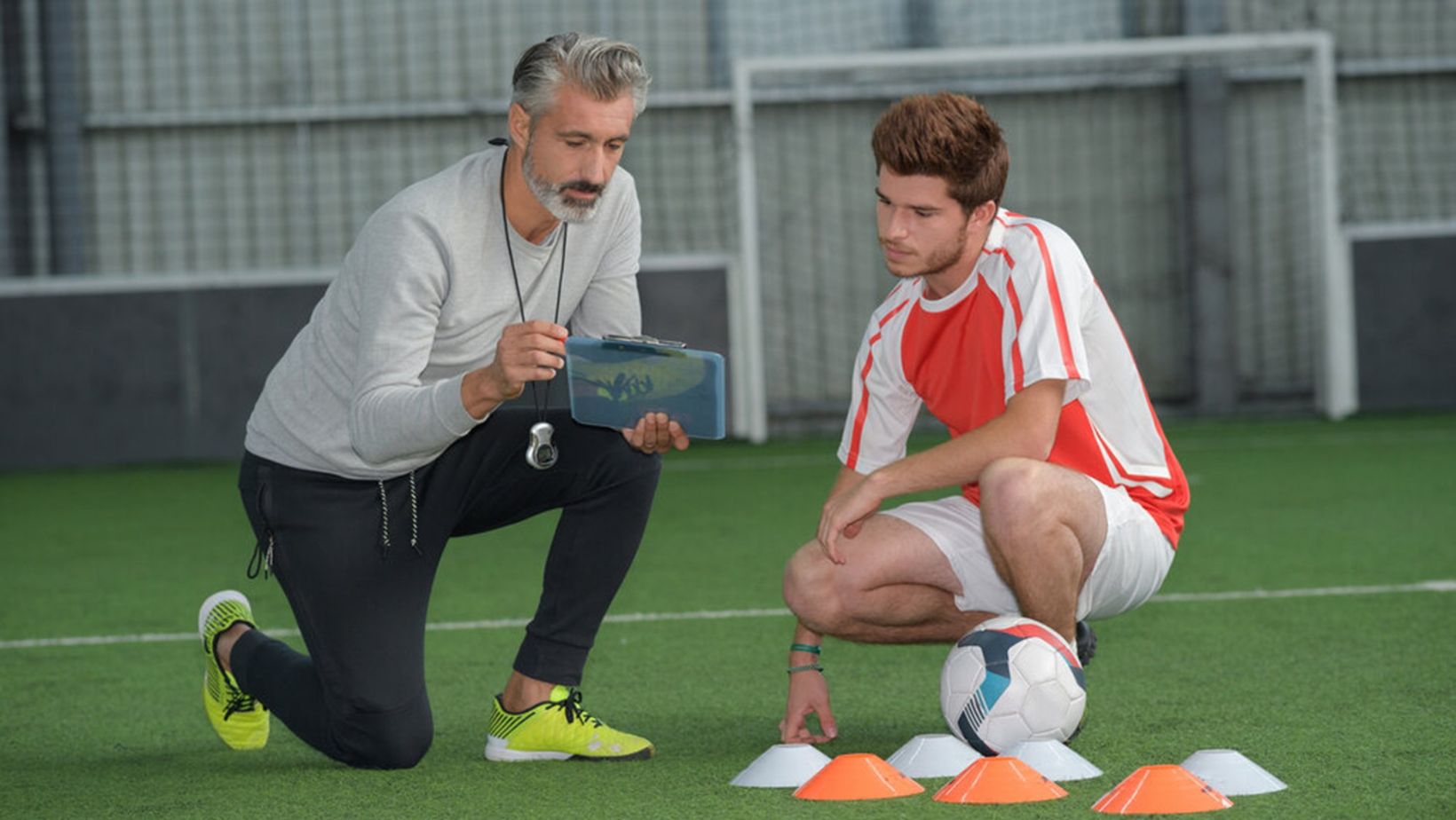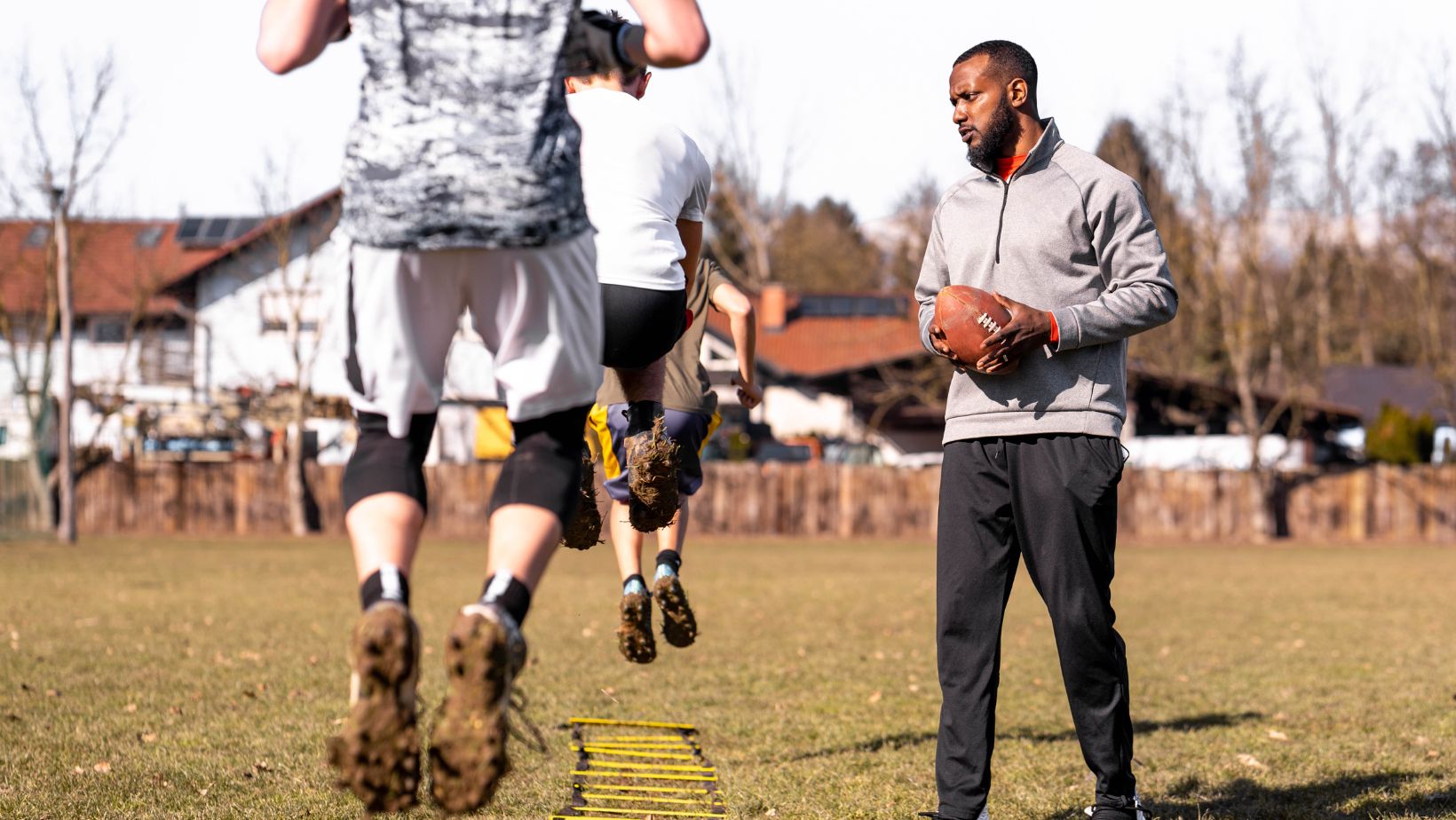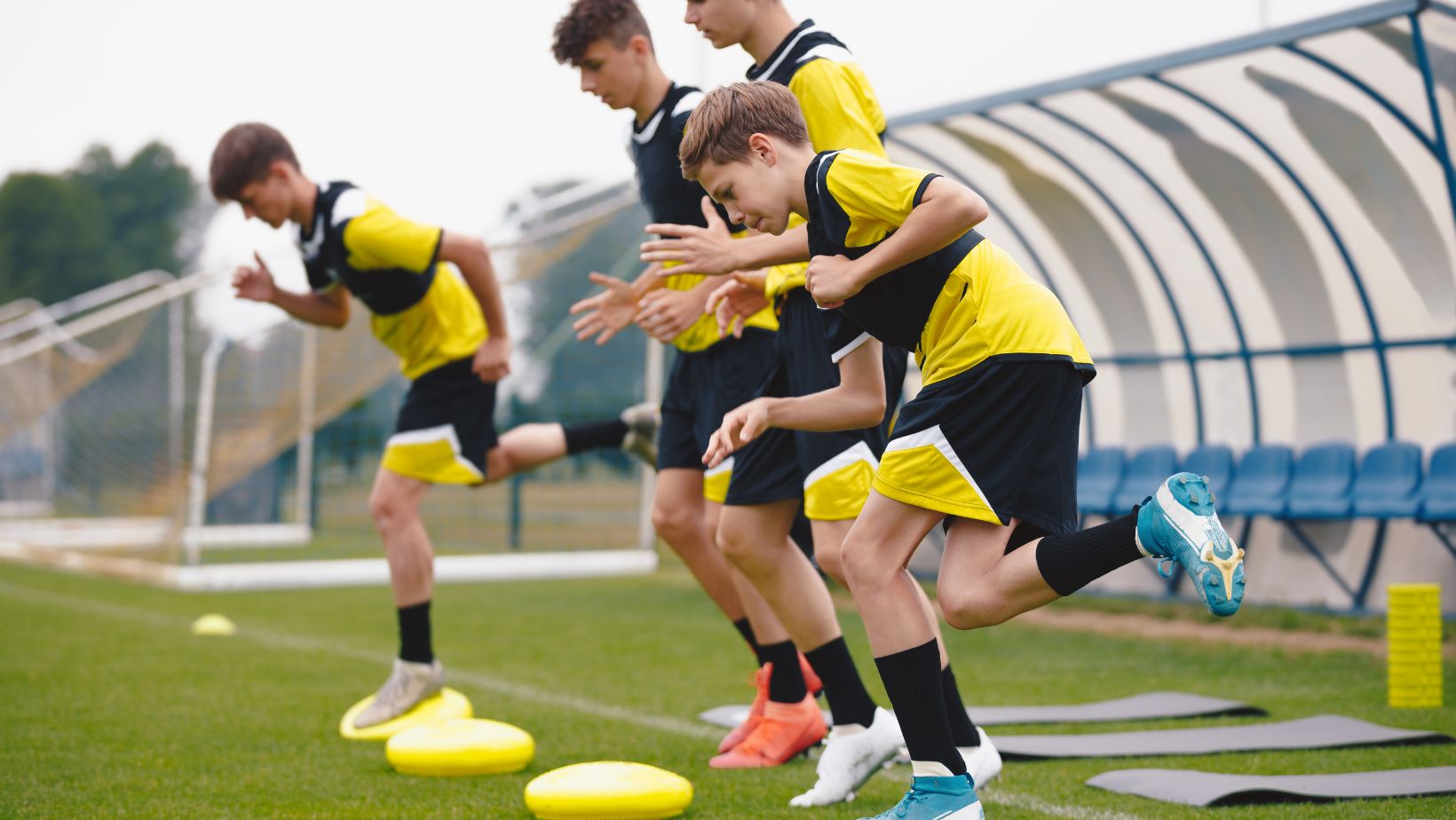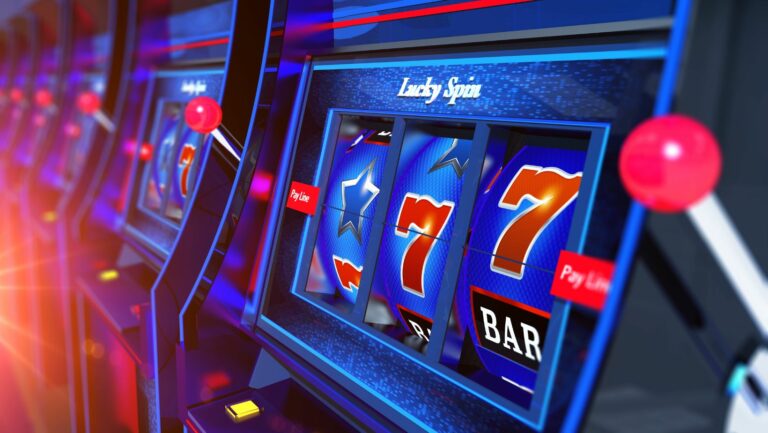
The Role of Genetics vs. Training in Sports Success
What makes an athlete truly great? Which elements contribute to athletic success: natural talent that genetics determine or the combination of hard work with endless training? For years, sports science has focused on this discussion, which brings forth strong case points from opposing sides. Genetics controls essential physical features such as bodily dimensions, stamina, and quickness, which training enhances and can compensate for naturally occurring disadvantages. Learning about this balance between genetics and training proves core for all who work in sports performance assessments, including 1xbet casino bettors who wish to assess upcoming sports talents. In this article, we will evaluate the relationship between inherited characteristics and actual training practices in reaching sports success.
Genetic Foundations of Athletic Performance
Athletic ability derives substantially from genetic factors based on scientific documentation. Two main genetically derived traits include:
- Muscle composition — The ACTN3 gene determines the existence of fast-twitch muscle fibers essential for explosive movements. According to studies, the ACTN3 RR genotype shows a positive association with sprinting and power-based athletics.
- VO₂ Max — The genetic influence on this measurement of aerobic capacity amounts to 70% while also influencing sports such as marathons and cycling.
- Height — The majority of NBA players at 6’6” (198 cm) stand significantly taller than gymnasts, who benefit more from their small anthropometry.
- Recovery speed — The sports recovery times vary based on genetics that regulate NRF2 and IL6 because both genes affect an athlete’s recovery speed.
This 2023 research conducted at Essex University demonstrated that athletes carrying particular gene sequences known as variants achieved an improved endurance level of 11.5% after their training phase, yet non-variant athletes achieved minimal post-training success.

Training benefits appear to gain additional strength when someone has particular genetic inheritances.
How Training Transforms Athletes
The essential element for sports achievement is training because genetic background establishes only the initial starting conditions. Competitors who show natural talent need to put in multiple years of training to develop their athletic potential. Some key training adaptations include:
- Mitochondrial biogenesis — Endurance efficiency, along with mitochondrial production, grows higher during aerobic exercise.
- Muscle hypertrophy — Strength training can increase muscle size and power by 20-40%, even in athletes without an ideal genetic predisposition.
- Skill automation — Sports techniques require repetitive practice according to the 10,000-hour rule that demonstrates their significance for mastery.
Research findings from the Essex study revealed that specific workout regimes enable normal athletes to excel beyond uneducated athletes who inherit excellent genes. Elite performers depend heavily on the environment, together with discipline, to achieve their success.
Athletes Who Overcame Physical Disadvantages
Great achievements in athletics have been accomplished by athletes who exceeded their genetic disadvantages throughout history. The dedication, along with the training programs, demonstrates that genetics provide a base that people can reshape through committed work.
- Lionel Messi (Football) – The professional football community dismissed Messi due to his short stature of 1.70m (5’7”). Because of his agility, alongside his excellent skill level and low center of gravity, his diminished stature became a valuable athletic asset.
- Allen Iverson (Basketball) – With his short 6-foot stature, Iverson became an NBA leader through impressive fast breaks and excellent basketball control while never yielding to opposition.
- Simone Biles (Gymnastics) – Biles used her strong execution and impressive athleticism to change gymnastics history, even though she was below average in height.
- Beatrice Vio (Fencing) – The Paralympic champion came from being a quadruple amputee by transforming her competition method.
The dedication, along with training programs, demonstrates that genetics provide a base that people can reshape through committed work.
Can Genetics Predict Future Superstars?
With advances in sports science and genetic research, some speculate whether talent can be identified at birth.

Certain genetic markers are linked to athletic performance, such as the ACTN3 gene, which influences muscle composition. However, predicting a future champion solely based on DNA remains highly uncertain due to several factors:
- Training environment — Although genetics supply genetic potential, coaches, nutritionists, and mental development trainers determine the actual success of athletes.
- Work ethic & mentality — Athletes who inherit superior genes as athletes fail to reach their potential because of weak discipline, while athletes with lesser genetic gifts achieve success with enough determination.
- Sport-Specific Development: Athletes who show excellence in one category often switch athletic competitions or transform into experts in different athletic abilities during their advanced growth phases.
- Genetic testing limitations: The genetic analysis offered by commercial testing companies screens for sports-related gene profiles, although the current scientific understanding of performance differences covers only around 25% of factors. Other environmental factors remain unpredictable.
A case in point is Eamonn Coghlan, who became a marathon champion despite having deficient endurance genes by training extensively at high elevations.
So, What Can Make an Athlete Win or Fail?
Both genetics and training contribute to athletic success, but neither guarantees greatness on its own. While physical traits provide a foundation, elite performance is shaped by years of hard work, strategic development, and mental resilience. Scientific research suggests that genetics may explain around 50% of performance variance in power sports, but environment and discipline can often override natural advantages. Understanding this balance helps fans and analysts make informed predictions about future sports stars. For those placing bets, recognizing the impact of both natural ability and training can provide a deeper perspective when evaluating potential winners in various sports.



